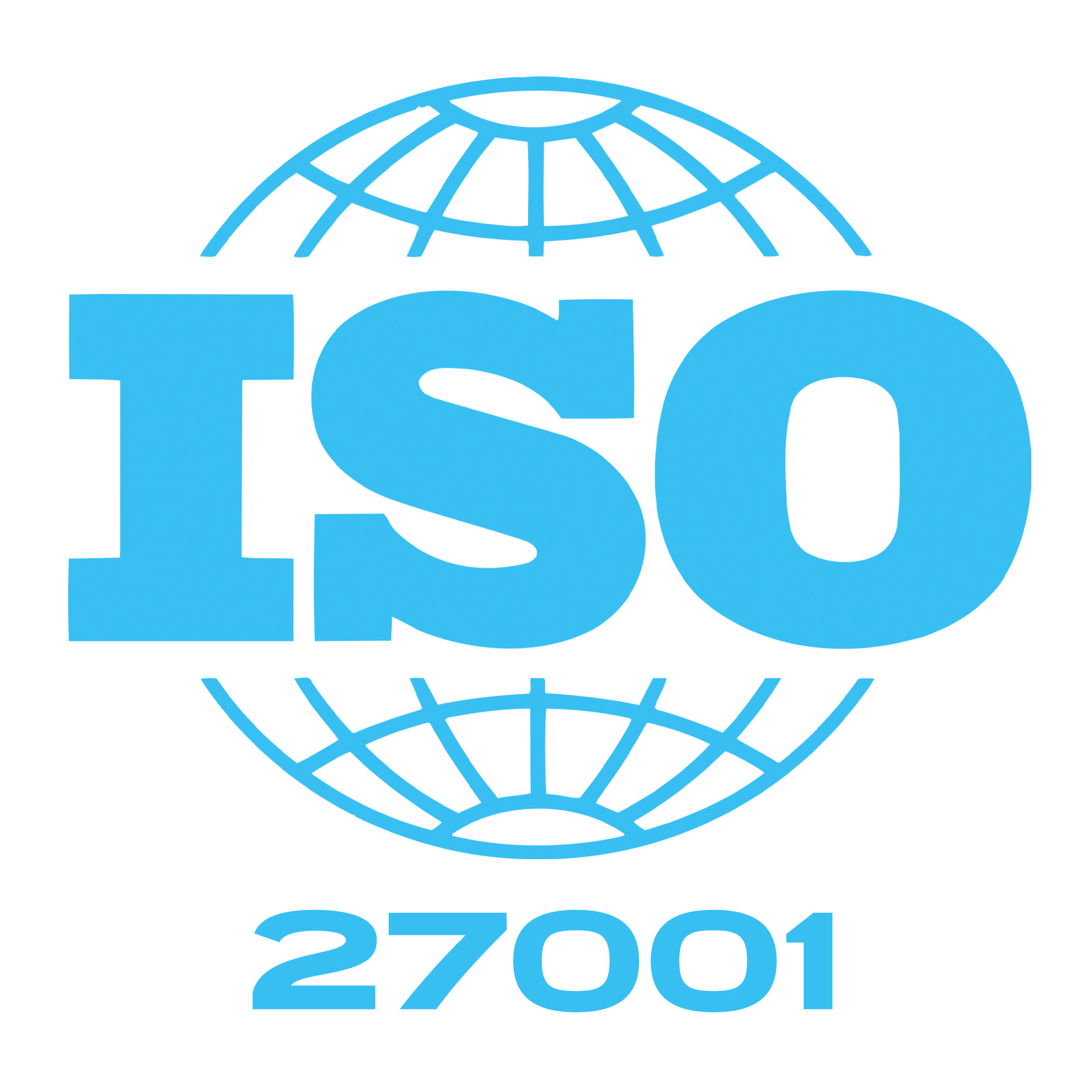The Future of Medicine – Pill or Person?
Far in the medical future, we imagine amazing tricorder technology and remedies in Star Trek. When you project our medical technologies (e.g., gene therapy, digital therapeutics, telehealth and AI) into the future the most interesting anomaly in this picture is the doctor. 250 years in the future, why does Star Trek still have doctors? Current medical technology innovations all focus on automating the medical process to reduce the dependence on the most limited resource, clinicians. If you extend this trend to its ultimate conclusion, you will arrive in a world where you no longer need doctors. Perhaps in our technological rush to automate healthcare we have forgotten the most valuable part of care – the caregiver relationship?
Here’s what Dr. McCoy (“Bones”) of Star Trek said about that:
"Compassion. That's the one thing no machine ever had. Maybe it's the one thing that keeps men ahead of them."
Current virtual care focuses on telehealth, remote patient monitoring and automation. It focuses on isolating the patient at home, with automated connections to caregivers. Patients will have technology to manage and improve their self-care effectiveness. And they will have video conference telehealth which provides immediate computer screen access to remote clinicians. Yet, telehealth utilization has continued to decline during COVID from 27% of appointments to less than 6% and falling. Why the decline? What’s not working?
Patient’s need a personal touch – the actual physical touch of a caregiver to help them understand and apply new healthcare behavior. Doctors need the personal touch of having someone with the patient to assess and treat them. The majority of medical practice requires more intervention than primary care transactions (“give me a pill and I will feel better.”) Although 10 vital signs can currently be digitally quantified by devices (e.g., weight, temperature, blood pressure, heart rate, O2, blood glucose, etc.), physicians depend on over 70 qualitative assessments to diagnosis patient problems (e.g., neurology, dermatology, gastroenterology). These qualifiable assessments require a caregiver with the patient to conduct an examination under the guidance of a physician. Almost 80% of patient conditions require this hands-on evaluation. That is why so many telehealth visits result in the patient having to visit the physician in person.
Similarly, most self-care instructions (other than taking a pill) require hands-on patient education and demonstration under the guidance of a skilled caregiver. After a physician has given orders, a caregiver needs to teach the patient how to follow them. According to research, personal training, repetition and reinforcement leads to effective self-efficacy:
“To build self-efficacy, the first step is to divide a complex task or complex into subtasks that appear easy to the patient. The second step is to offer feedback/reinforcement after each step. Providing enough time for the patient to practice new skills helps build self-efficacy. Examples of repetitions that build self-confidence are practicing insulin injections, demonstrating how to use adaptive equipment, or showing how to select low-sodium foods from a menu. Recognizing and rewarding the patient for accomplishing subtasks are important to help build the esteem that is the basis of self-efficacy. Recognition is particularly important for patients without much education or who have literacy problems.”
Finally, around 70% of illnesses are behavior-based, requiring patient behavior change for healing and wellness. And, behavior change is best achieved with the interaction and support of a trusted relationship. The most effective way to build patient self-efficacy (improving healthy behaviors) is to personally train, practice and reinforce the new behavior. Establishing new patient healthy behavior requires ongoing positive recognition, repetition and reinforcement by the caregiver to turn them into healthy habits for the patient.
Virtual care requires more that technology. Effective healthcare requires a physical caregiver providing remote physician assistance in patient assessment, treatment and training, providing hands-on patient education and reinforcement to build effective new healthy behaviors. We call this focus on care actions and hands-on collaboration Coactive CareTM. Virtual care provides remote technologies that overcome the distance between the remote doctor and patient. Coactive Care provides the personal relationships and practice that makes virtual care effective for a wide range of conditions. And, as Dr. McCoy might say, Coactive Care adds the element of “Compassion”.
The future of medicine requires more than technology – it requires relationships. The key success factor in virtual care is Coactive Care that allows remote physicians to work closely with local caregivers to assess, treat and train patients to manage their conditions and develop healthy behaviors. The personal touch is important for healing, both emotionally and physically. Developing new roles and practices to allow a new type of minimally skilled Clinician Extender to support remote physician access and support local patient self-care is the future of medicine.
Tom Fee is VP of North America, Hippo Technologies, Inc.





